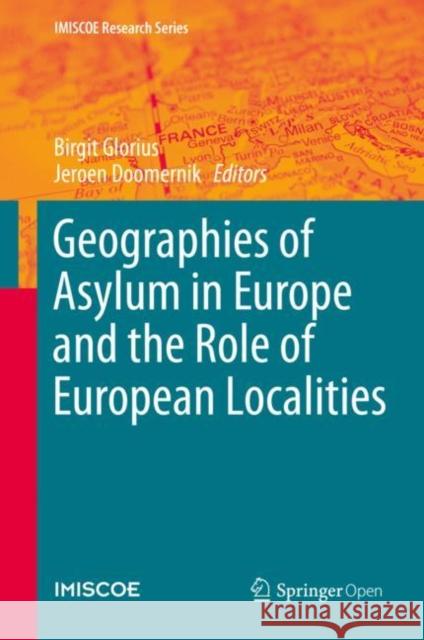Geographies of Asylum in Europe and the Role of European Localities » książka
topmenu
Geographies of Asylum in Europe and the Role of European Localities
ISBN-13: 9783030256654 / Angielski / Twarda / 2019 / 268 str.
Geographies of Asylum in Europe and the Role of European Localities
ISBN-13: 9783030256654 / Angielski / Twarda / 2019 / 268 str.
cena 201,72
(netto: 192,11 VAT: 5%)
Najniższa cena z 30 dni: 192,74
(netto: 192,11 VAT: 5%)
Najniższa cena z 30 dni: 192,74
Termin realizacji zamówienia:
ok. 22 dni roboczych
Bez gwarancji dostawy przed świętami
ok. 22 dni roboczych
Bez gwarancji dostawy przed świętami
Darmowa dostawa!
Kategorie:
Kategorie BISAC:
Wydawca:
Springer
Seria wydawnicza:
Język:
Angielski
ISBN-13:
9783030256654
Rok wydania:
2019
Dostępne języki:
Numer serii:
000331418
Ilość stron:
268
Waga:
0.56 kg
Wymiary:
23.39 x 15.6 x 1.75
Oprawa:
Twarda
Dodatkowe informacje:
Wydanie ilustrowane











